Surface ships: promising designs against anti-ship missiles
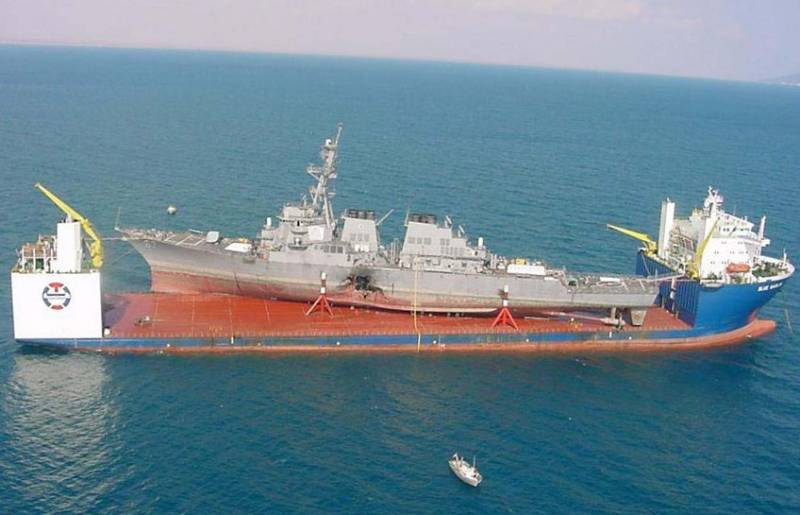
USS Arleigh Burke-class destroyer Cole is transported to a repair site by a semi-submersible after a suicide attack in a motorboat with explosives
In articles Surface ships: repel an anti-ship missile strike и Surface ships: evade anti-ship missiles we examined ways to ensure the protection of promising surface ships (NK) from anti-ship missiles.
The question arises whether the measures considered in the article are sufficient to ensure the survival of surface ships in the conditions of their continuous or quasi-continuous tracking by enemy reconnaissance means and the possibility of delivering massive strikes of anti-ship missiles?
Another solution could be the use of specific designs of surface ships, which until now have not received significant distribution in the construction of naval fleet (Navy). We are talking about the so-called diving surface ships (NOC) and semi-submersible vessels. The former have not received development at the present time. However, quite a few projects of this type of vessels have appeared recently. The second ones are actively used in civil shipbuilding to solve specific transport problems.
We have previously reviewed the completed projects and concepts of promising NOCs, as well as semi-submersible transport vessels in the article "On the Border of Two Environments". Diving ships: history and perspectives.
Why, in general, are projects of such ships needed?
The task is one - to increase the survival rate when delivering massive strikes of anti-ship missiles, but the methods of its solution are somewhat different. If a diving surface ship, in principle, is able to avoid an anti-ship missile strike by submerging under water, then an increase in the survival rate of a semi-submersible ship should be ensured by significantly reducing the optical and radar signature of the ship. This is coupled with the use of active defense systems - anti-aircraft missile systems (SAM), laser weapons (LO), electromagnetic (EMP) ammunition, electronic warfare (EW), decoys and means of setting protective curtains, should provide a significant decrease in the likelihood of hitting an anti-ship missile ship.
Diving surface ship
The concept of a promising NOC was previously discussed in detail in the article At the border of two environments. Diving surface ship 2025: concept and tactics of application... Despite the skepticism of many about the possibility of the appearance of such a class of ships, it should be noted that their projects appear in different countries with enviable regularity. In addition to the projects mentioned in the above articles, we can recall the recently published project of the submerging patrol ship of the Central Design Bureau (CDB) of marine technology "Rubin". It is unlikely that this ship has a future; nevertheless, the very fact is important that, contrary to the opinion of skeptics, projects of this type of ships periodically appear, including in Russia.
While the Rubin Central Design Bureau is developing a small ship with a displacement of about 1000 tons, the Chinese corporation Bohai Shipbuilding Heavy Industrial is developing much larger diving and submersible vessels with a displacement of about 20 tons, armed with hundreds of cruise and anti-ship missiles.
Work on the NOC has been going on since 2011, the Chinese are working on several concepts. Some are more visually reminiscent of submarines. And their design appears to be based on the design of submarines. The contours of other concepts are more reminiscent of the contours of "classic" surface ships. It is possible that in the process of elaborating the project, the appearance of the Chinese NOCs will undergo significant changes.
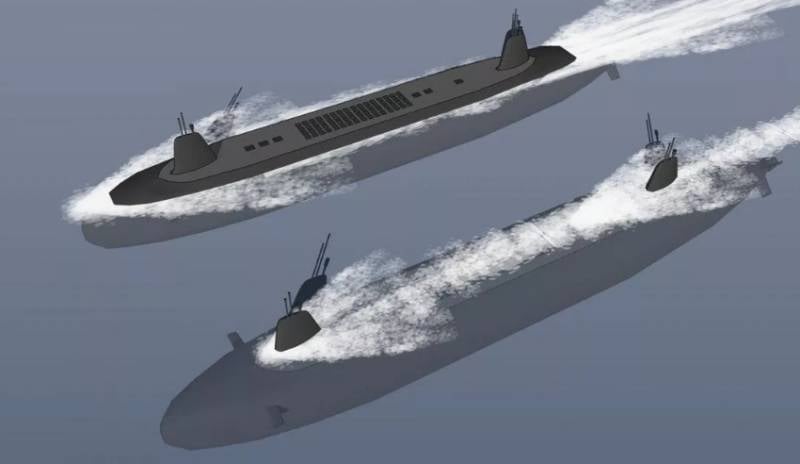
The concept of a combat NOC of the Chinese corporation Bohai Shipbuilding Heavy Industrial, made in the format of a submarine

NOC concept of the Chinese corporation Bohai Shipbuilding Heavy Industrial, made in the contours of a "classic" surface ship
In the above article “On the border of two environments. Diving Surface Ship 2025: Concept and Application Tactics " also considered the possibility of using existing projects of nuclear submarines (PLA) as a basis for the creation of NOCs. However, you should not take this as a dogma, it is quite possible that greater efficiency will be obtained during the construction of a completely new structure, taking into account all the features of the operation of this type of ships.
In the comments to the article on the NOC concept, it was indicated that the NOC would combine the disadvantages of both surface ships and submarines. This is partly true, but NOC will combine the advantages of both types.
Recently, including on the pages of the VO, the topic of the low stability of Russian submarines from the enemy's anti-submarine defense, primarily from aviation anti-submarine defense (PLO). In part, the problem of countering ASW aircraft can be solved by the submarines themselves, by equipping them with air defense systems capable of operating from periscope depth.
This issue was previously addressed in the article At the border of two environments. The evolution of promising submarines in conditions of increased probability of their detection by the enemy... The US Naval Forces (Navy) and at all plan to equip multipurpose Virginia-class submarines with laser weapons for defense against ASW aircraft, but for them this problem is far from being in the first place. At the same time, the submarines will use the air defense system, most likely, as a means of self-defense in response to the actions of the submarine aircraft. They will not be able to ensure continuous control of the airspace, which means that ASW aviation will always have a certain initiative.
It is assumed that in order to increase the combat stability of the submarine forces, they should be covered by the surface fleet, which impedes the actions of anti-submarine aviation. However, at the same time, the survival of the surface ships themselves of the classical design is questionable in the context of the potentially exponential development of space reconnaissance vehicles, super-high-altitude unmanned aerial vehicles (UAVs), unmanned surface ships (BNCs) and autonomous unmanned underwater vehicles (AUVs).
At the same time, a diving surface ship, in contrast to a submarine with an air defense missile system, will constantly monitor the sky in the reach zone, using the possibility of diving only to evade an anti-ship missile attack or in the case of implementation of certain tactical scenarios. And its visibility, in comparison with the "classic" NDTs, will be much lower by default, even if the latest technologies are widely used to reduce the visibility. For NOC, only the "superstructure" will "shine", while for the classic NK "superstructure + hull". And this means a much lower probability of hitting anti-ship missiles, especially in the conditions of the use of electronic warfare equipment, decoys and the setting of protective curtains. Moreover, in the case of using the NOC sentinel UAVs powered by an electric cable, the possibility of firing at air targets will partially remain even after the NOC is submerged.
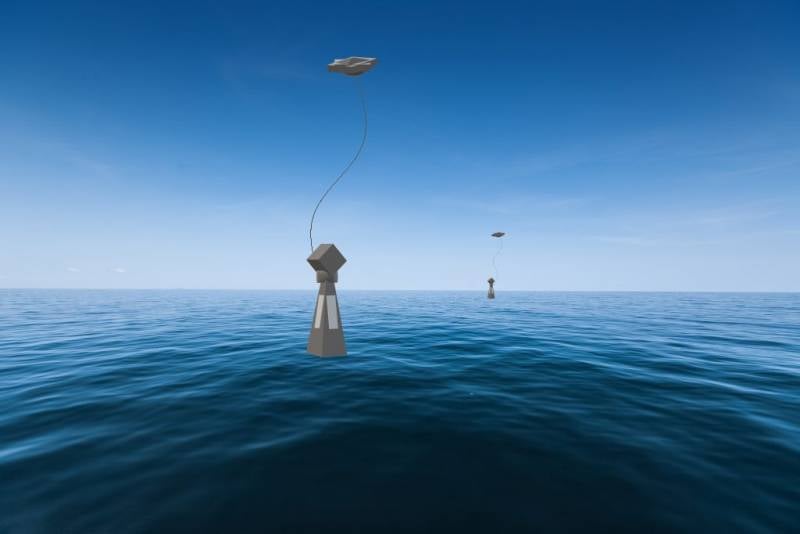
The use of UAVs powered by an electric cable will increase the detection range of low-flying targets and ensure the possibility of air defense missile systems operation against air targets when the NOC is submerged.
The disadvantages of NOCs include a lower buoyancy margin compared to "classic" NDTs, as well as potentially greater vulnerability to damage due to the dense layout of the compartments. It is also unlikely that the NOC will be able to accommodate a full-size manned helicopter (s), which can partly be compensated for by the widespread use of UAVs, BNKs and AUVs of various types.
Semi-submersible vessels
Unlike an NOC, a semi-submersible vessel does not completely sink under the water - its deckhouse and some other superstructure elements are always on the surface. While diving ships still mainly exist in the form of concepts and prototypes, semi-submersible ships are actively used to transport bulky cargo. Their displacement can exceed 70 tons, and their length is several hundred meters.
The use of semi-submersible vessels for military purposes is also being considered. In particular, at the Army-2016 forum, the Moscow Institute of Physics and Technology (MIPT) presented concepts and layouts of an ice-class semi-submersible nuclear missile carrier, a missile-icebreaker cruiser, an amphibious assault ship, an icebreaking tanker and an icebreaking vessel capable of forming passages in ice more than 120 meters. The hulls of these ships are completely under water in normal mode, and only the superstructure, made with the use of signature reduction technologies, rises above the water.
It is stated that the proposed schemes of semi-submerged ships are more resistant to rolling, as well as less resistance to the movement of the ship, especially in conditions of increased sea waves.
Although the concepts proposed by MIPT are likely to remain in the form of images and mock-ups, it can be assumed that preliminary calculations were performed to confirm their feasibility.
A semi-submersible ship can potentially already be equipped with a hangar for a full-size manned helicopter capable of solving ASW and early-range radar detection (AWACS) tasks. A hangar for a helicopter (helicopters) can be implemented as a sealed version, in which case the semi-submersible ship must float up to release the helicopter, or the upper part of the hangar will constantly rise above the water, and the helicopter will rise to launch on a lift.
Compared to a diving surface ship, a semi-submersible ship will not be able to evade anti-ship missiles by immersion, but its buoyancy and survivability will be much higher. The presence of ballast tanks used to change the draft of a semi-submerged ship will allow it to equalize the roll and trim in the event of damage and flooding of part of the compartments, thereby preserving controllability and the possibility of using weapons.
In addition to long, medium and short-range anti-aircraft missiles (SAMs), placed in universal vertical launchers (UVPU), on semi-submersible ships, short-range air defense systems of the American RIM-116 type can be installed, placed in sealed containers on lifting and mast devices ( PMU).
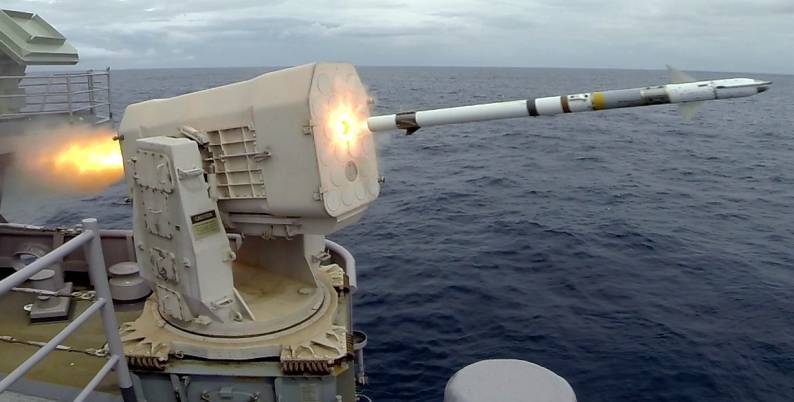
Compact short-range air defense systems of the RIM-116 type can be placed in container design on the lifting and mast devices of semi-submersible ships
Increase vitality
The disadvantage of diving and semi-submersible ships is the less usable space available for placing weapons, crew and ship systems due to the presence of ballast tanks. However, this may be a very reasonable price to pay for increasing the protection against massive attacks by anti-ship missiles.
One of the ways to free up space is the widespread use of automation to reduce the size of the crew. This may raise two questions: who will maintain the ship's equipment and how will this affect the fight for the ship's survivability?
Earlier in articles (Unmanned surface ships: the threat from the West и Unmanned surface ships: a threat from the East) we considered promising unmanned vessels developed by the leading countries of the world. In addition to being used as autonomous platforms and as slave ships, BNK will give their developers another important advantage.
The problem of the BNK is the creation of ship systems capable of operating trouble-free for a long time without maintenance. Having gained experience in creating highly reliable equipment for BNK, shipbuilding companies will certainly transfer it to "manned" ships, which will reduce the crew without risking the technical condition of the ship.
The use of augmented reality systems for diagnostics and repair of ship systems will significantly increase the efficiency of the crew without increasing its number.
Automated systems, such as automatic fire extinguishing systems, compartment sealing systems, including automatic pressurized doors, and means of filling the compartments with positively buoyant foaming hardening material, will also help in the fight for survivability. For the automatic analysis of the state of the ship and the use of automatic damage control systems, promising computer systems based on neural networks, trained by playing various battle scenarios in virtual models, can be used. Damage information will come from hundreds of sensors and CCTV cameras located in the compartments and in the equipment of the ship.
The increase in survivability will be facilitated by the transition to the maximum use of electric drives instead of hydraulic and pneumatic systems.
To provide power and control to all of the above systems, protected and multiple-redundant power and data lines will be required, located in such a way that damage to any part of the ship will in no way disrupt the operation of most of the network. For example, in aviation, three- and four-fold redundancy of control channels has long been used.
All measures to improve survivability discussed above can be applied not only on NOCs and semi-submersible vessels, but also on ships and submarines of classical design.
Cost issues
In the comments to the article At the border of two environments. Diving surface ship 2025: concept and tactics of application the issue of the value of NOCs has been raised repeatedly. Of course, it is impossible to answer this question without carrying out at least scientific research work (R&D). And the final cost will become known only after the development work (ROC).
It can be assumed that in modern warships, a significant part of the price is the cost of their electronic filling and installed weapon systems, power plants and engines (if electric propulsion is used). In this case, the type of the ship's hull no longer plays a decisive role. The only thing that can significantly affect the increase in the final cost of a promising ship is the payment for R&D, which will then be distributed to serial products. For example, for B-2 bombers worth over $ 1 billion, R&D fees add about $ 1 billion more to the car. But here it is already a question of building weapons in a large series. Otherwise, any new type of weapon will have this problem.
Thus, in order to exclude unjustified financial costs, it is necessary to assess the prospects of the concept at the research stage, after which it is already necessary to make a decision on freezing the project or on its transition to the R&D stage with the subsequent serial construction of products.
It can be assumed that the serially produced diving surface ships or semi-submersible warships will be comparable in cost to surface ships and submarines of comparable displacement.
So why are diving and semi-submersible ships all the same?
Why did the author return to the topic of diving and semi-submersible ships again? All for the same reason. The combination of advanced reconnaissance means, including the space segment, high-altitude and super-high-altitude UAVs, BNK and AUV, as well as long-range anti-ship missiles on air carriers, allow the enemy to concentrate such a detachment of forces that is guaranteed to be able to penetrate the air defense of a single ship, KUG or AUG.
At the same time, an NOC or a semi-submersible ship will be an order of magnitude more difficult target for an anti-ship missile than a surface ship of a "classic" design.
In the comments to the article At the border of two environments. Diving surface ship 2025: concept and tactics of application it was said that such a ship can be attacked with modified anti-ship missiles, making a "slide" and hitting NOCs under water, as well as rocket torpedoes. Let's take a look at both options.
RCC with a "slide". Technically, such a modification of the anti-ship missile system can be implemented without problems. But how effective will it be? Much is said about the fact that even the most modern anti-ship missiles can be difficult to get into the NK in the conditions of the active use of electronic warfare equipment, setting up false targets and protective curtains. What then will happen in the situation with NOCs or semi-submersible ships?
For an NOC or a semi-submersible ship, the physical dimensions of the superstructures protruding above the water are an order of magnitude smaller than the hull with the superstructure of the "classic" NK. At the same time, the NOC can completely hide under water, leaving only the UAV on an electric cable, which in turn can shift to the side - the anti-ship missile will only strike at the predicted coordinates of the NOC. NNK and a semi-submersible ship can actively shoot back missiles, and a semi-submersible ship can also use a short-range air defense system.
On the basis of unmanned escort ships, it is possible to deploy false targets, which do not differ at all from the NOC in a semi-submerged state or from the superstructures of a semi-submersible ship sticking out from under the water.
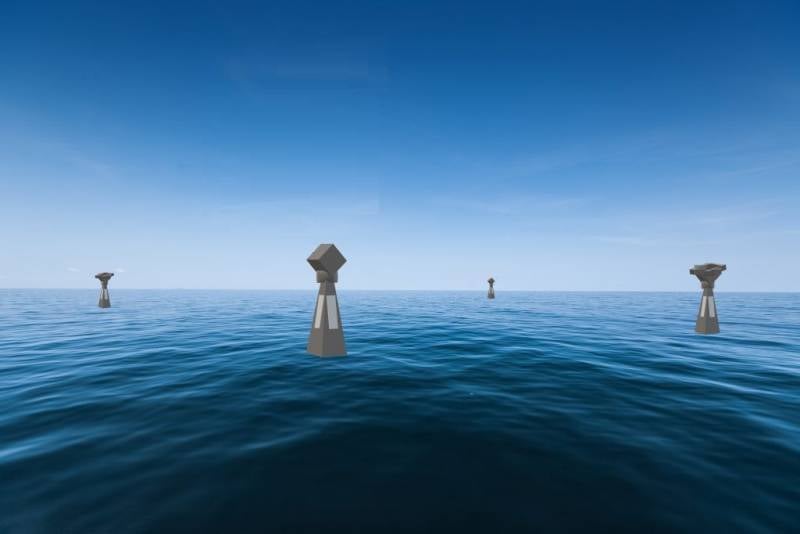
Which superstructure is real, which is false?
Based on the foregoing, it can be argued that the probability of hitting an NOC or a semi-submersible ship by "diving" anti-ship missiles will be much lower than that of a surface ship of a "classic" design with conventional anti-ship missiles.
As for the rocket torpedo (RT), everything is even more complicated here. Let's take for comparison the newest anti-ship missile LRASM and the rocket-torpedo RUM-139 VLA / 91RE1. The range of the LRASM anti-ship missile system is, according to various sources, 500-900 kilometers, which allows the carriers to launch it without entering the ship's air defense zone. The range of the RT RUM-139 VLA is only 28 kilometers, the Russian RT 91RE1 is 50 kilometers. Moreover, they move along a ballistic trajectory, that is, it is an ideal target for an air defense system.
Moreover, in the final section, the torpedo is dropped by parachute, and even outdated air defense systems can cope with this goal. In other words, rocket torpedoes are good for destroying submarines that are unable to intercept them in the flight phase, and a surface ship, NOC or submersible ship can effectively intercept them in the middle and final flight phases.
But interception of RT is not the most important thing. Much more interesting is that at a distance of 50 kilometers, the air defense system can shoot down the carriers themselves. And this significantly complicates the organization of a massive air raid using rocket torpedoes on the KUG, implemented on the basis of NOCs or semi-submersible ships.
Is it possible to significantly increase the RT range?
Yes, but at the same time their dimensions will be comparable to the dimensions of the Granit anti-ship missiles. And on a bomber they will not fit 24-36 pieces, like anti-ship missiles, but 4-6, since they will not fit into the internal compartments, and not all external holders will be able to carry them. You can completely forget about tactical aircraft.

The dimensions of the torpedoes - the warheads of the RT, do not allow achieving a combination of long range and compact dimensions of rocket torpedoes. Well, there is no way to "stick" even a small-sized torpedo into a relatively compact anti-ship missile
As a result, the number of rocket torpedoes in a salvo will be sharply reduced. And the increase in size will make them an even easier target for air defense systems. The possibility of abandoning the parachute in the final section is also questionable - the torpedo will simply fall apart from hitting the surface of the water.
In addition to the fact that the RT must enter the area where the NOC or the semi-submersible ship is located, and at the same time not be shot down on the ballistic flight or parachute descent, the torpedo itself must then find and hit the target. And at this stage, it can also be counteracted. What we will talk about in the next article.
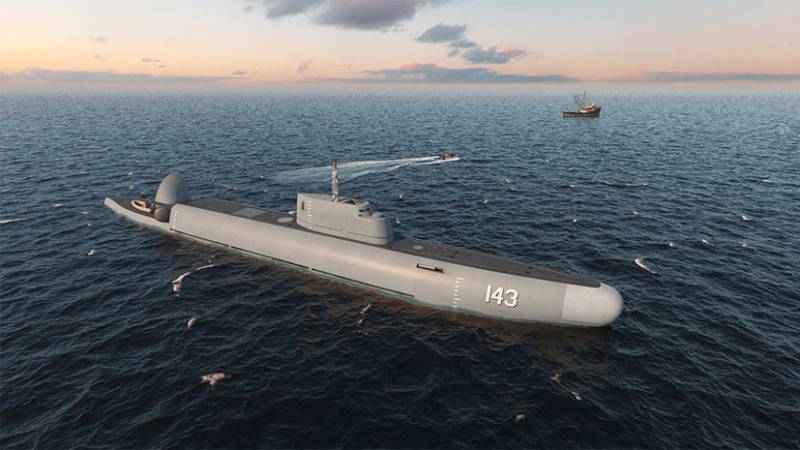
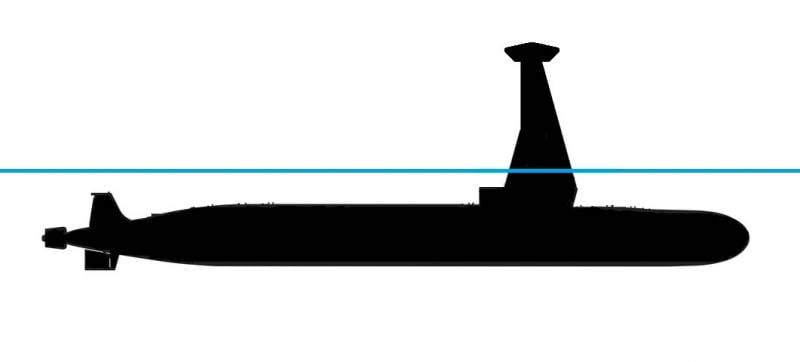
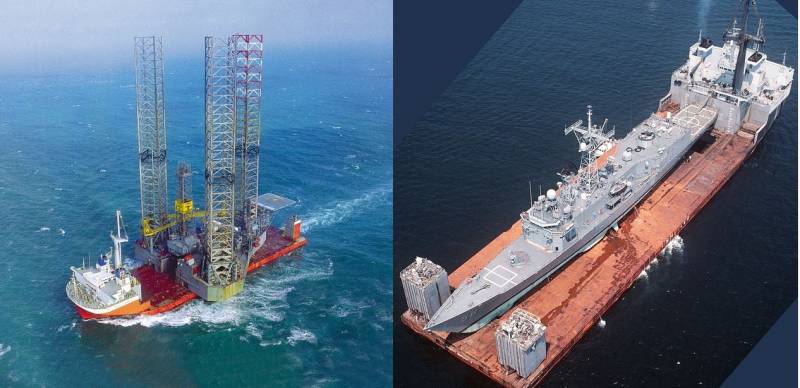
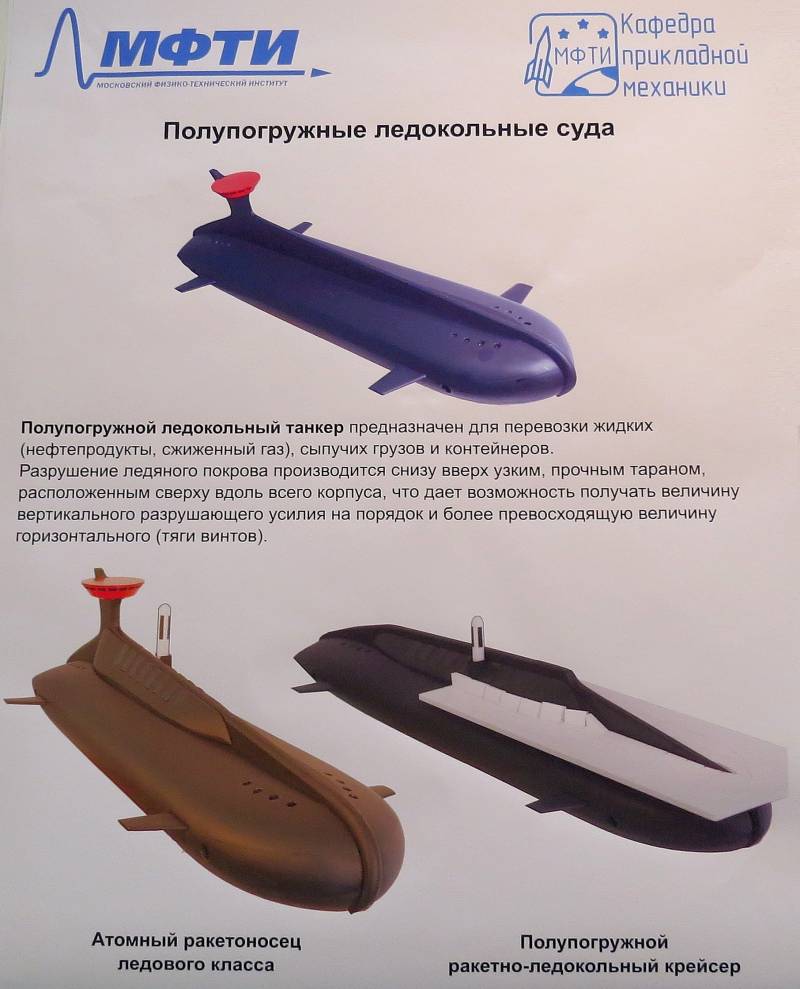
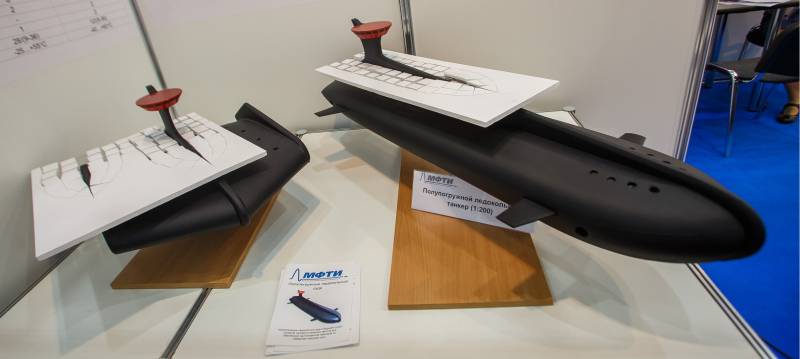
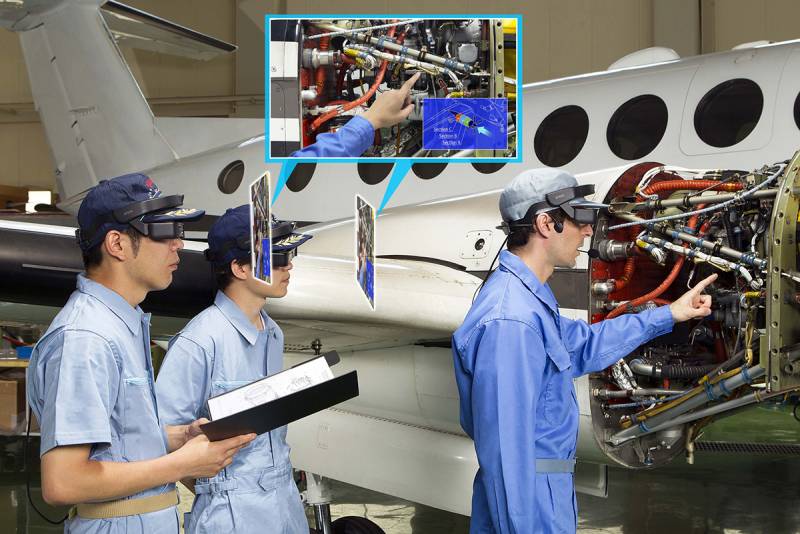

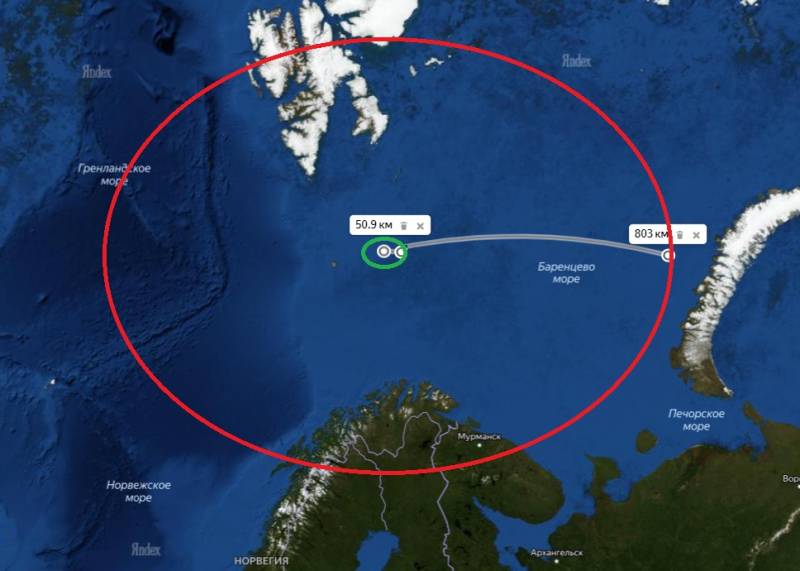
Information